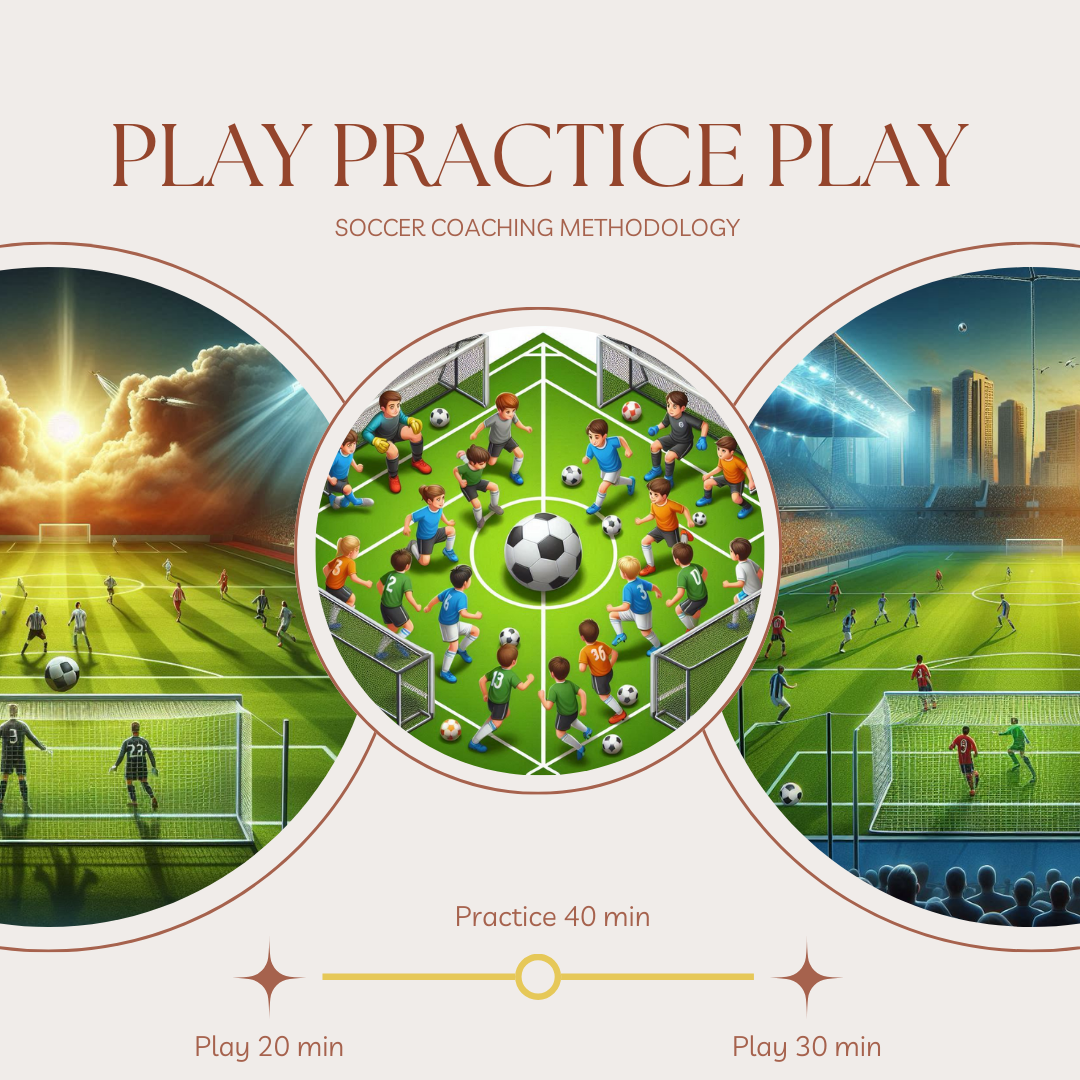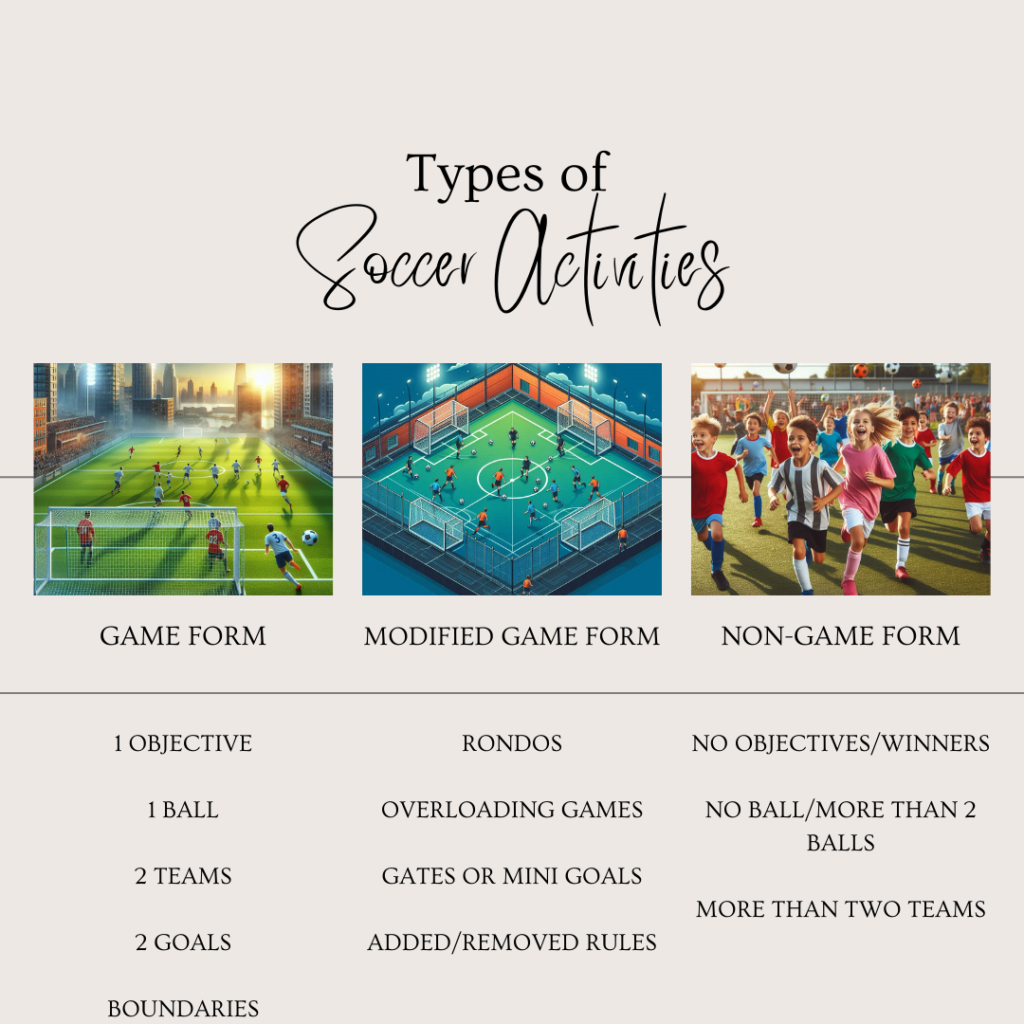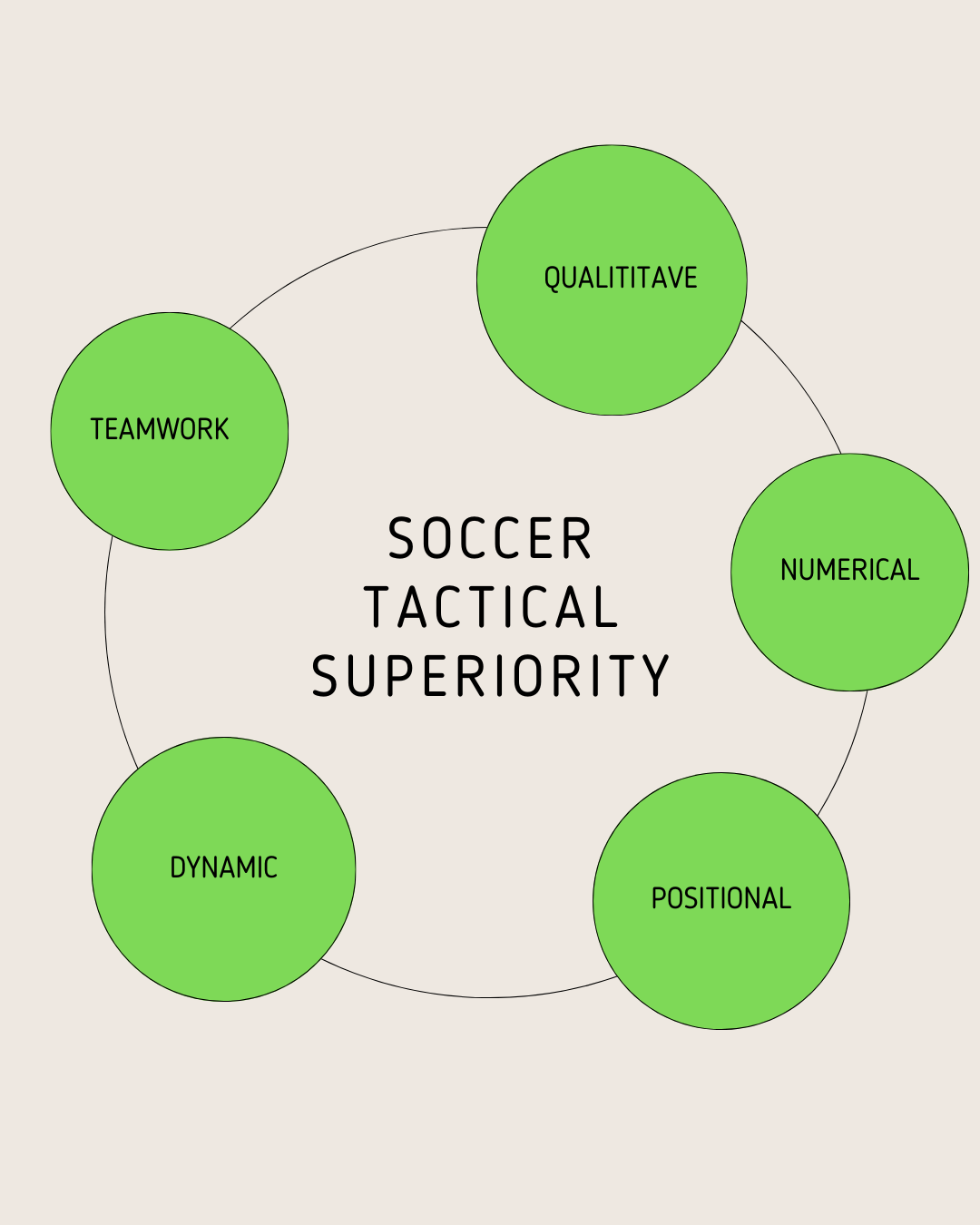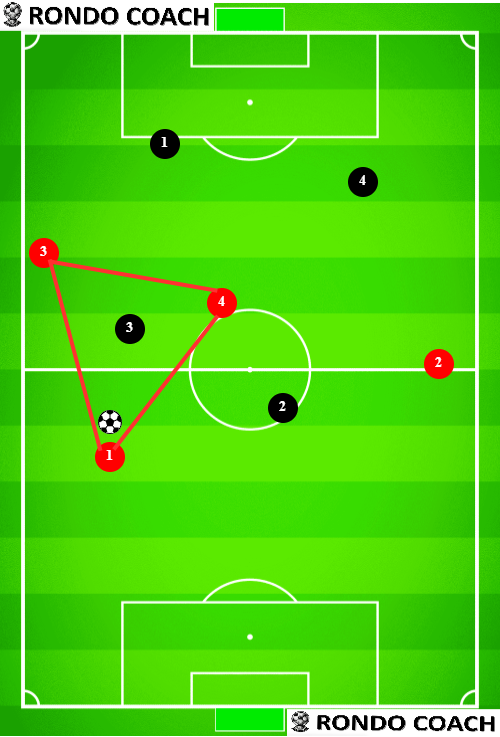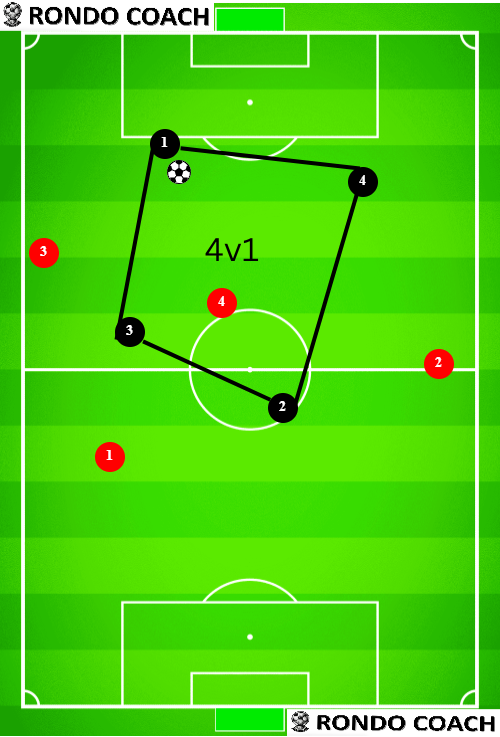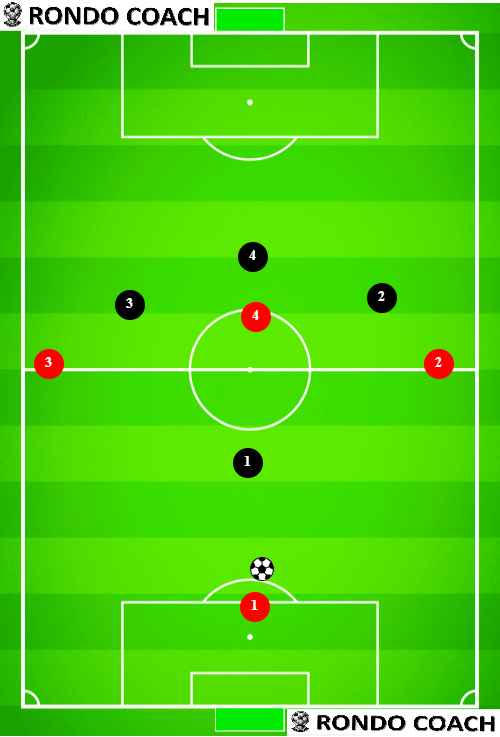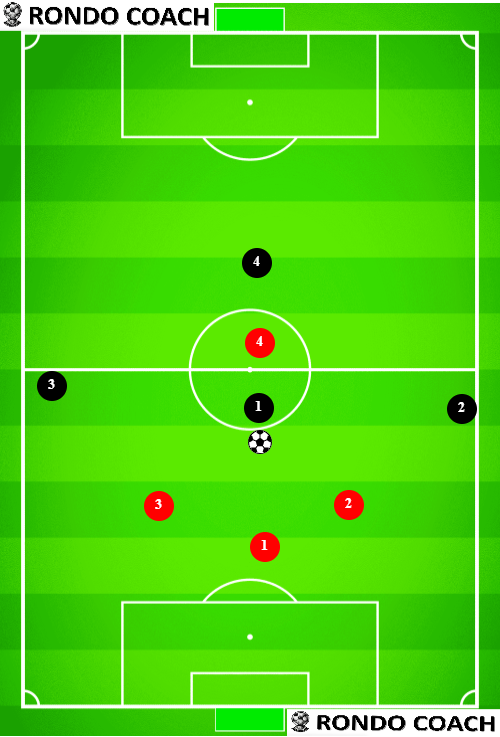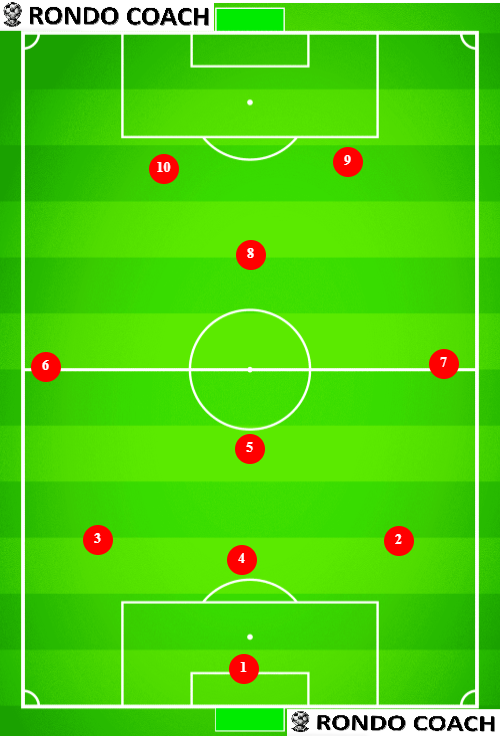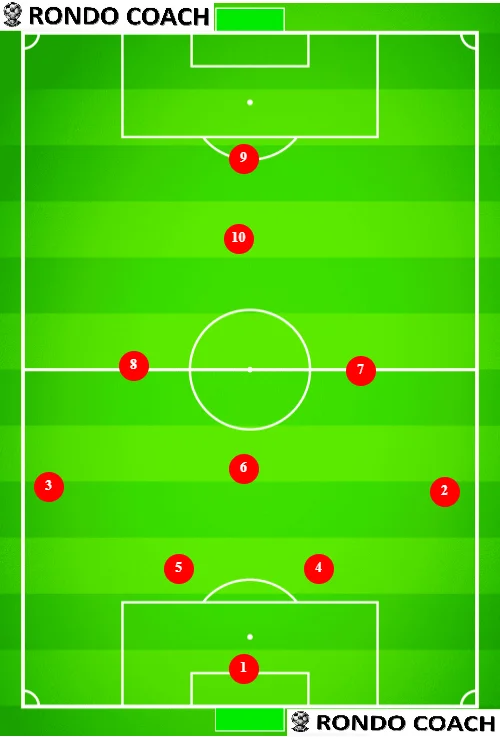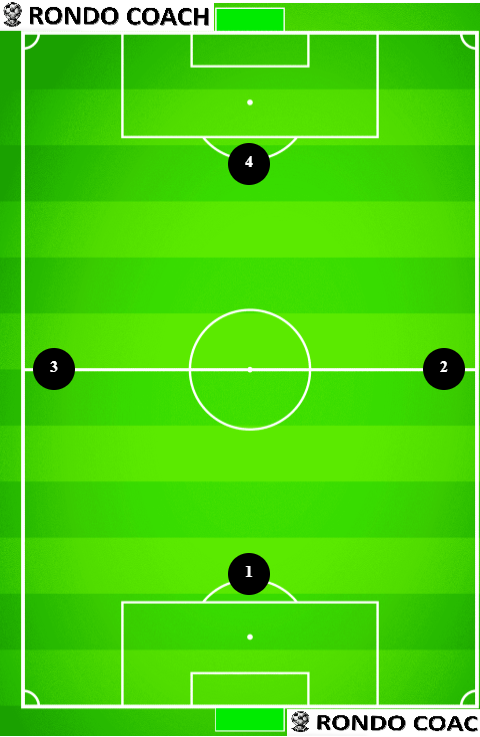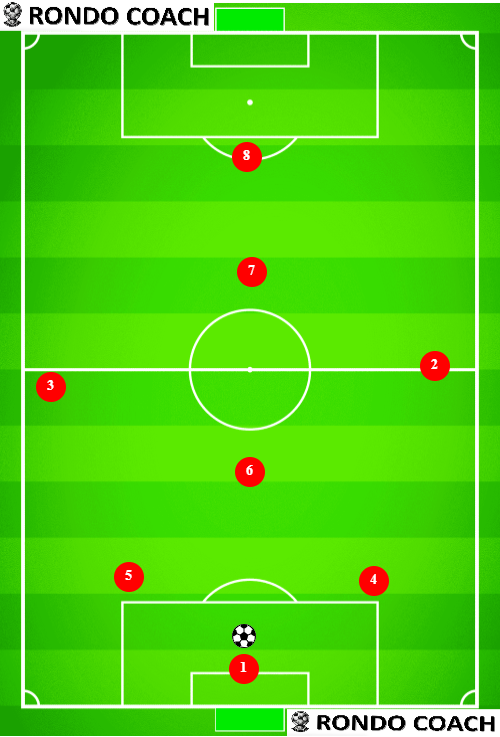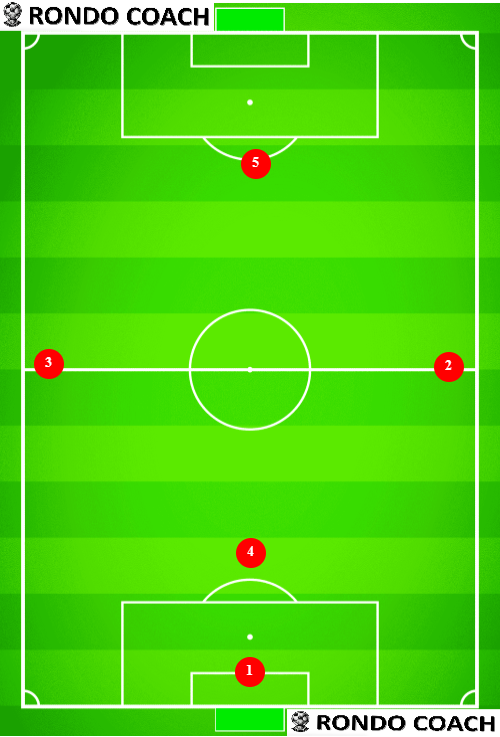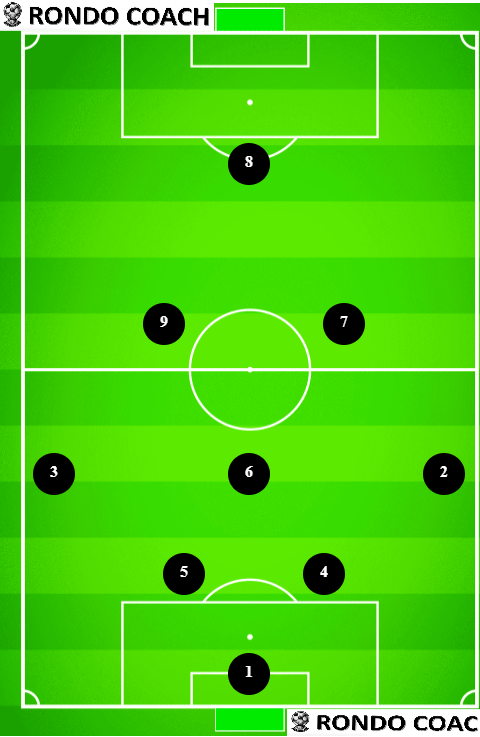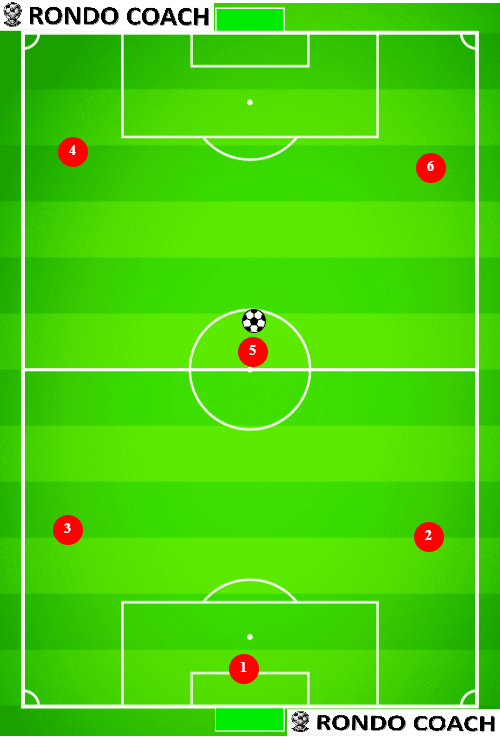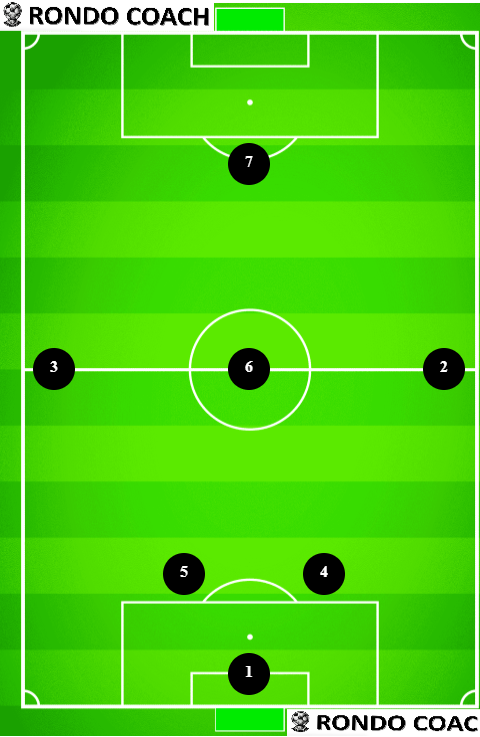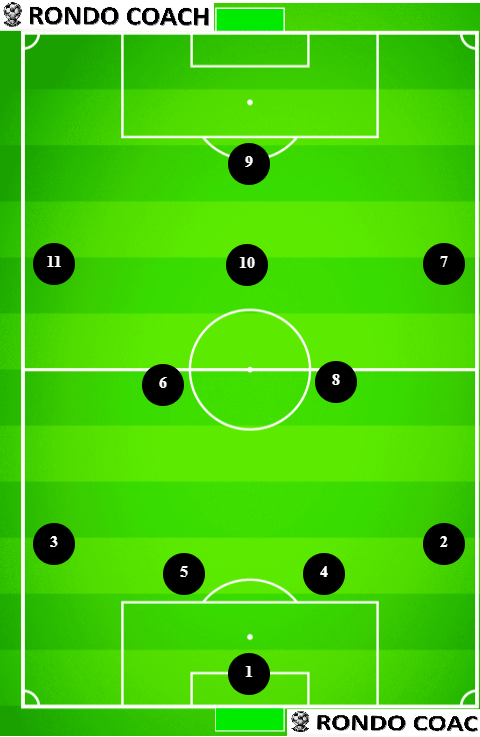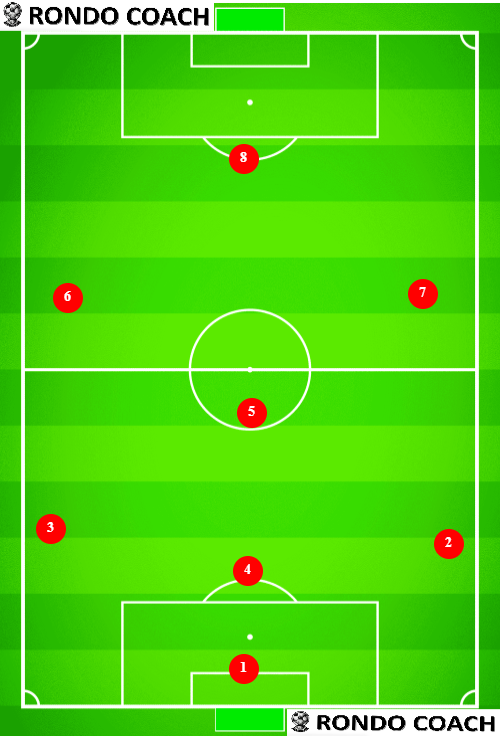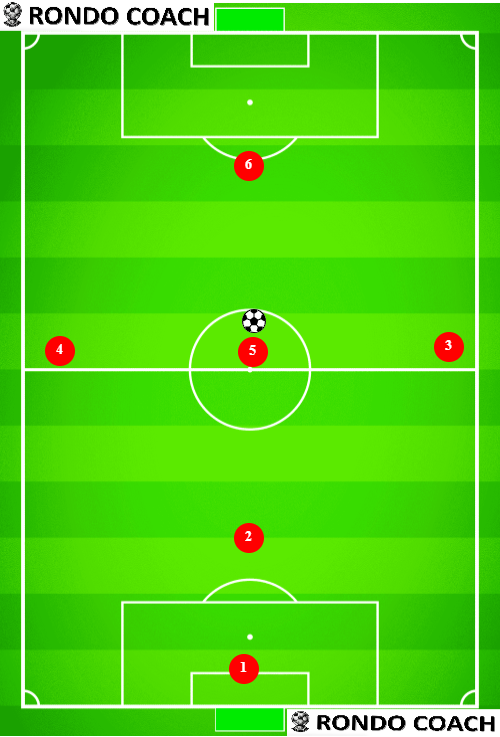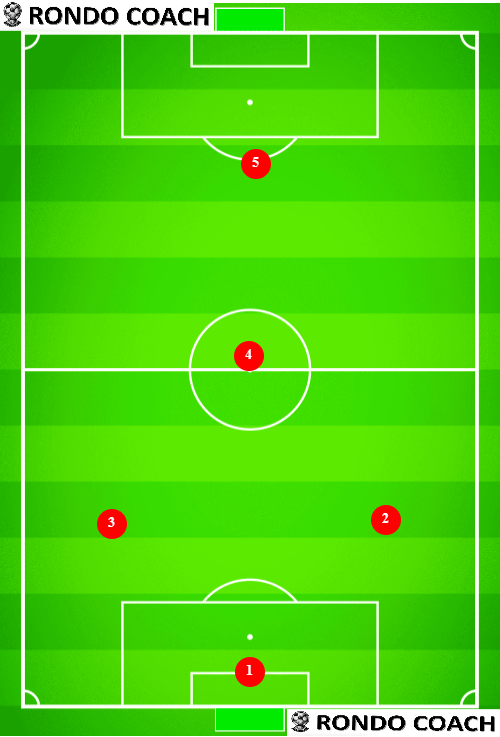Relative Age Effect in Soccer – Why Some Kids Get Left Behind
Have you ever noticed that the best players on a youth soccer team are often the oldest ones in their age group? That’s not a coincidence. It’s something called relative age effect in soccer, and it has a massive impact on which kids succeed, who gets overlooked, and even who quits the sport altogether and not because of the harsh conditions on the soccer field. In this video, I’ll explain what relative age is, why it matters so much in soccer, and most importantly—what we can do about it.
What is Relative Age Effect?
Relative age is the difference in development between two players who practically fall into the same age group, but are born months apart.
For example, imagine a U9 team where one player was born in January and another in December. On paper, they’re both “8 years old.” But in reality, the January player is almost a full year older, which is 10 % of the life of that kid, making them stronger, faster, and more coordinated. Coaches notice this, give that player more playing time, and invest more attention in them. The December player, meanwhile, struggles to keep up, gets fewer minutes, loses confidence, and sometimes drops out of the sport altogether.
This isn’t just theory, it’s been studied extensively. Malcolm Gladwell, in his book Outliers, talks about Canadian hockey. Most elite players were born in the first few months of the year because their age cutoff was January 1st. In the youth clubs and youth national teams, players play in teams based on their birth year. Those older kids were bigger, better, and therefore got selected for the top teams, which gave them even better training and competition. The small early advantage snowballed into a massive one.
Soccer works the exact same way. The date of birth can literally decide who gets the opportunities to grow and who gets left behind. The soccer federations usually try to fix this by reshuffling the months of the year – what if we make it by school year instead of calendar year? What if we mandate 3 players born in every quarter of the year to be invited for the youth national teams? Ok, maybe that last idea is not bad. But overall, the solutions often looks like they are putting a band aid on a broken leg. It looks like they are doing something, but only to somebody who has the TikTok attention span and understanding of the situation. The consequences and the issues are much deeper, so a little nothing change won’t go far.
Extra Problems Beyond Birth Month
Relative age doesn’t just stop at the calendar. There are other layers of inequality:
Late Puberty
Some kids hit their growth spurt at 12, others at 15. The early developers suddenly look like superstars, while the late bloomers might look like they don’t belong. Often, once those late bloomers catch up physically, they can be just as good—or better. However, if they don’t get the chance to play and to be coached by good coaches, then they won’t develop technically as much as the kids who hit puberty early. Not only they can be physically more dominant, but certain cognitive functions that influence their soccer positioning and decision-making, can also be affected.
Coordination During Growth Spurts
When players shoot up in height, their coordination often disappears for a year or two. It’s not that they’re unathletic—it’s just their body needs time to adjust. If coaches mistake that awkwardness for a lack of talent, they risk cutting players who just need time. I’ve had players who had completely lost their confidence because it looked like they got worse while other players got better. The reality was that their bodies grew so fast and everything looked clumsy for a while.
Late Starters in Soccer
Some kids only start playing seriously at 11, 12, or even later. At first, they might be behind technically, but many catch up quickly—especially if they bring in transferable skills from other sports like basketball, gymnastics, or track. Don’t forget that they will also look like they don’t know where to be on the field. Because they don’t. If they have been watching organized soccer for about three hours total, while others have been on the team for over three years, it’s like being confused why all people born in 1955 can’t play cello like Yo-Yo Ma. It’s not the birth year, it’s the decades of practice.
At the youth level, physicality often outweighs skill. Being taller, faster, or stronger can dominate a game, even if the technically weaker player has better potential long-term. That’s why relative age, puberty timing, and physical development play such a huge role in who rises and who gets overlooked.
What to Do About the Relative Age Effect
So, all of this is bad? How do we fight back against relative age bias? Firstly, not everything is bad. Let’s look at the example of Mesut Ozil. He was technically and tactically as close to perfection as you can get. His vision and awareness were at the very top. However, even at his peak, he was physically inferior. He developed his skills while playing pickup with his older brothers and their friends. So he had to rely on non-physical advantages, such as the technique and vision. You might see the secret ingredient here. Firstly, he played a lot, and at a level that challenged him. Secondly, he felt safe and comfortable, because his brothers were there. Thirdly, he played both at the challenging level, with his brothers, and at the more appropriate level of physical demands. But when he played in his own club, he transferred the skills he obtained playing with the older kids. Lucky genius!
Advice for Coaches handling the Relative Age Effect
At the youngest ages, give equal playing time. Don’t bench kids just because they’re smaller or younger in the group. Development comes from minutes on the field. Your job is not to win with the 3rd team in the club with bunch of 10 years old kids. Your job is to give a chance for each of those kids to reach the 1st team in 5 years if they work hard for that.
Keep squads lean. If you have 20 players but only 11 can start, someone is losing valuable playing time. Keep the squad to 15 players and if you are short on few. Then loan players from other teams in the club. They should be able to play nearly every minute—it might not be good for “business” to keep the squad lean, but it’s the right thing for development.
Watch for late developers. Don’t write kids off too early. Some of the best pros were once considered “too small” or “too slow” at youth level. Develop the technique, decision making, communication and awareness. As a friend of mine, who is a basketball coach says “I can’t coach height, but I can coach everything else”.
Remember they are young players – they will discover their egos, face fears, social pressure and other challenges, many for the first time. As a coach, you are as much of a life coach as you are a soccer coach. The problem in front of you might not be to coach the technique of the trivela. Maybe is to make the kid believe that their teammates like them and will pass to them.
Advice for Parents and Players for handling the Relative Age Effect
Make sure your child is playing a lot. The most important factor is not what level they’re on, but how many minutes they get. I find it absolutely crazy when a parent would rather have their kid be on a bench of the 3rd team, than be a starter on the 4th team. Or even worse, sit on a bench during victory, instead of play the game in a defeat.
Don’t panic if your child isn’t on the top team right away. I’ve seen players jump multiple internal team levels within a single year—not because they were born in January or hit puberty early, but because they played nearly every minute and developed fast. Don’t forget that coaches are humans, so if the player is one of the stars on the team, they will get more attention from the coach, not just playing time.
Remember, soccer development is a long journey. A December-born player who sticks with it and gets minutes can absolutely catch up to, or even pass, the January-born kids. Your goals should always be to optimize for the love of the sport, which heavily influences the second most important factor, which is the development.
Final Thoughts
Relative age is real. It shapes careers, confidence, and opportunities in soccer. But if we as coaches, parents, and players focus on consistent playing time and patient development, we can level the playing field.
So next time you’re watching a youth game, don’t just look at who’s the biggest or fastest. Think about who’s getting the minutes, who’s being overlooked, and how much potential might still be hidden.




